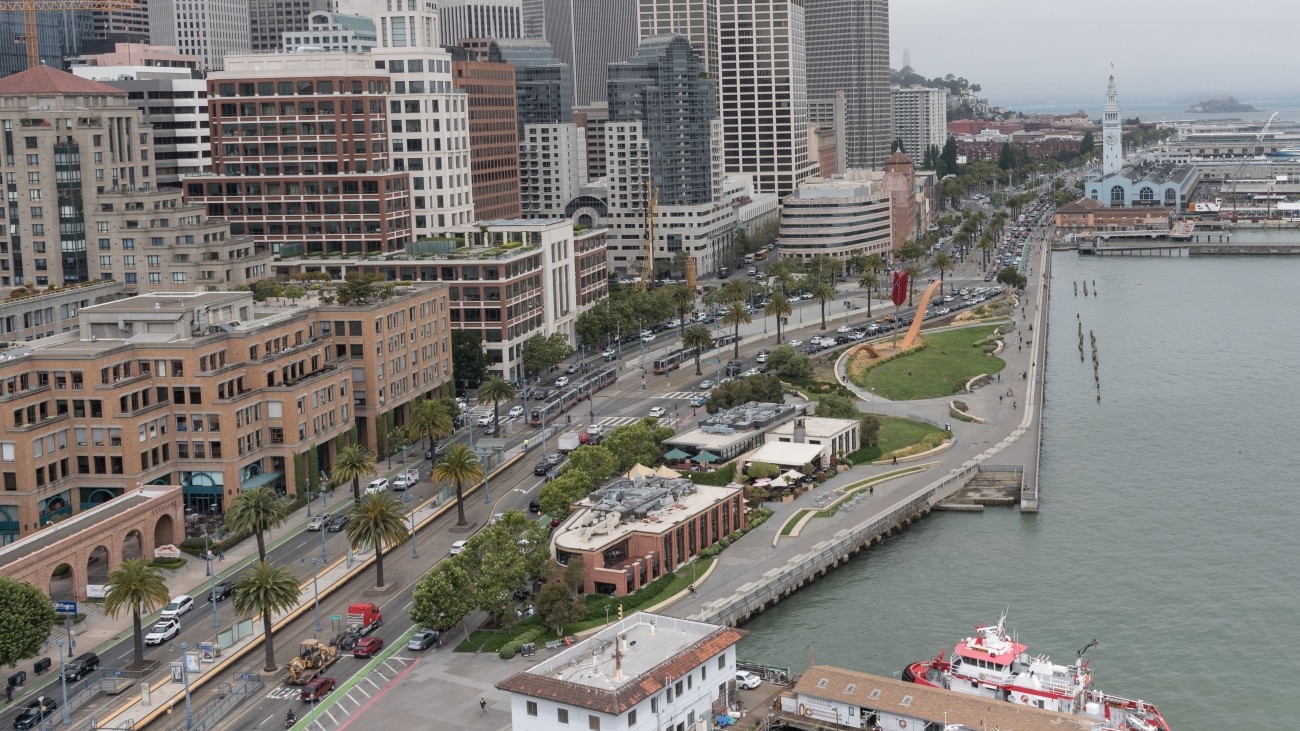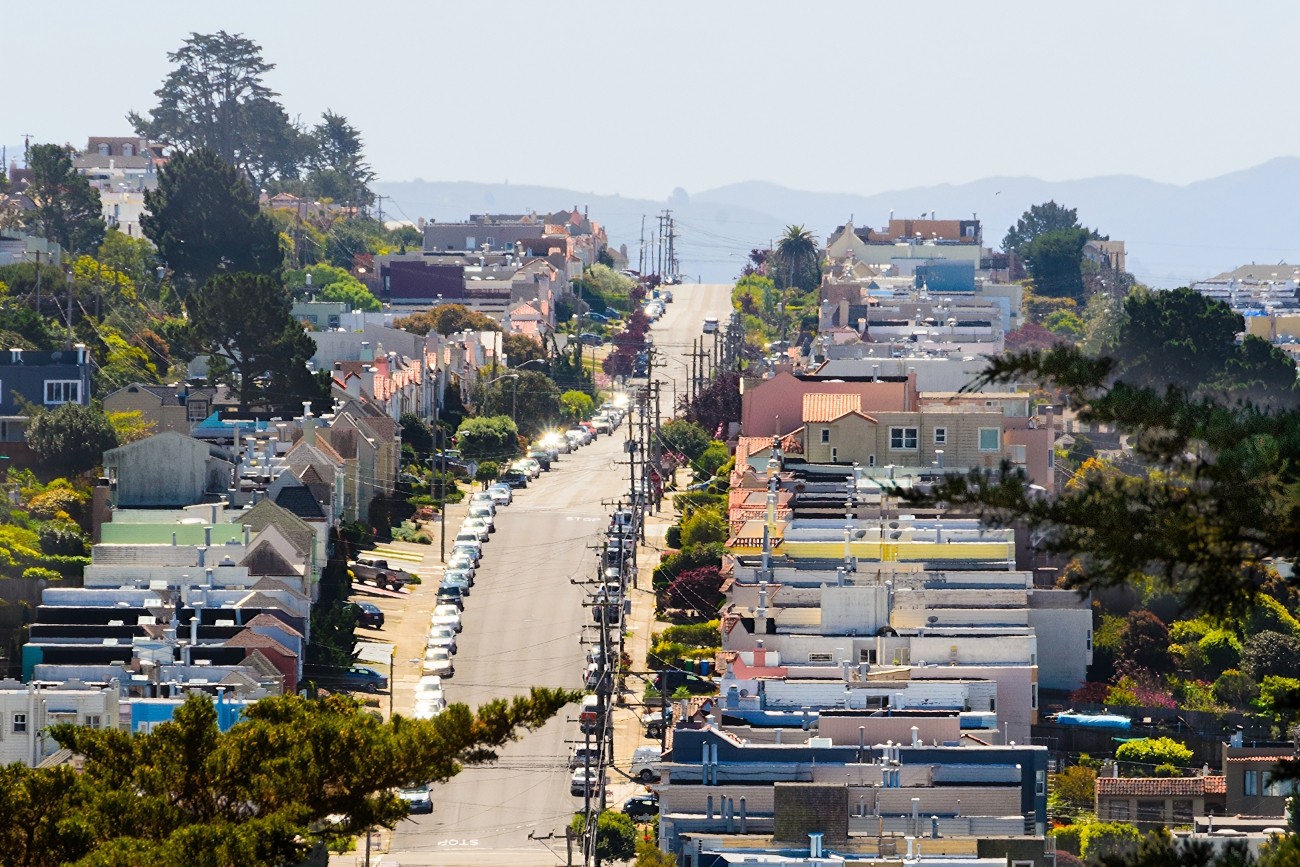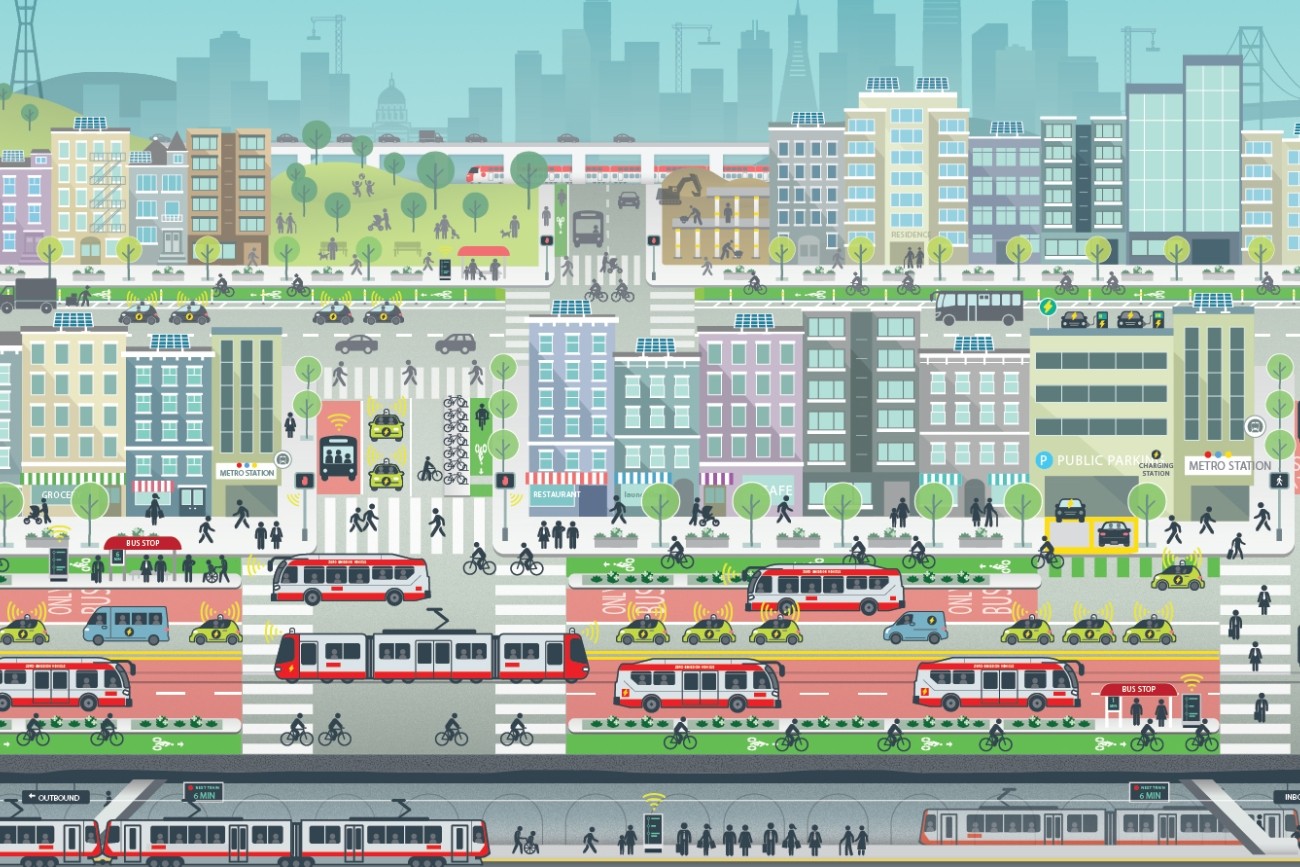
Photo: SFMTA Photography Department
Introduction
San Francisco’s population and job growth have outpaced needed transportation improvements in the neighborhoods of SoMa, Mission Bay, and the Central Waterfront. Released in 2015, the SFMTA-led Waterfront Transportation Assessment analyzed transportation investments needed order to meet the needs of our growing city.
Phase 1: Transportation Goals & Strategies
Phase 1 of the assessment looked at the transportation network along the entire waterfront to understand how the study area is served by all modes, to identify existing deficiencies, and to conceive of strategies that could would serve current needs and address future demand.
Phase 2: Transportation Needs & Solutions Analysis
Phase 2 was established to evaluate the transportation shortfalls in the waterfront transportation network and to identify solutions to manage current and serve future transportation demand. The Transportation Authority completed the technical analysis for Phase 2. The Phase 2 analysis used travel demand corridors in San Francisco and regionally to identify a more holistic understanding of the root causes to transportation challenges in the waterfront. Understanding the root causes allowed the Waterfront Transportation Assessment team to recommend transportation solutions.
The technical analysis for Phase 2 asked: What would it take for the city to accommodate the forecasted increase in trips over the next 25 years in the SoMa/Mission Bay/Central Waterfront study area?
And it offered 3 answers:
- Continue to develop and implement local network improvements
- Advocate for full funding for critical transit capacity investments
- Pursue next steps to define promising new infrastructure and policy
Phase 2 also helped inform the update to San Francisco’s countywide transportation plan and San Francisco’s input to the Regional Transportation Plan.
Resources
Final Phase 2 report: Waterfront Transportation Assessment, 2015 (PDF)

